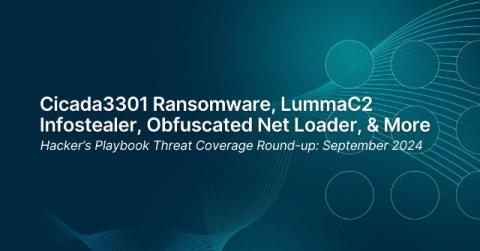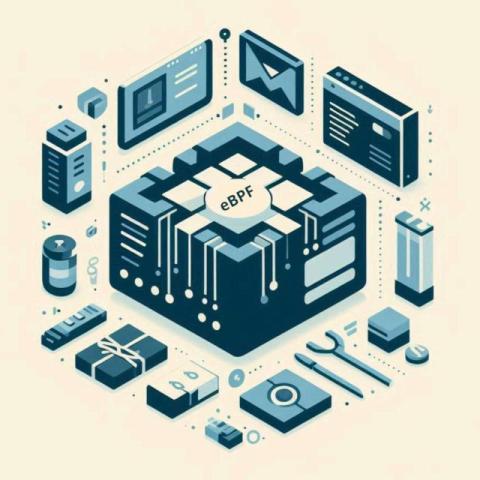Bumblebee Malware, Lynx and INC Ransomware, MITRE Threat Group Scenarios, and More: Hacker's Playbook Threat Coverage Round-up: October 2024
In this version of the Hacker’s Playbook Threat Coverage round-up, we are highlighting attack coverage for several new threats. SafeBreach customers can select and run these attacks and more from the SafeBreach Hacker’s Playbook to ensure coverage against these advanced threats.











